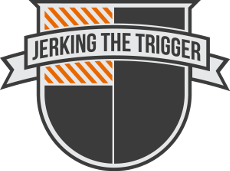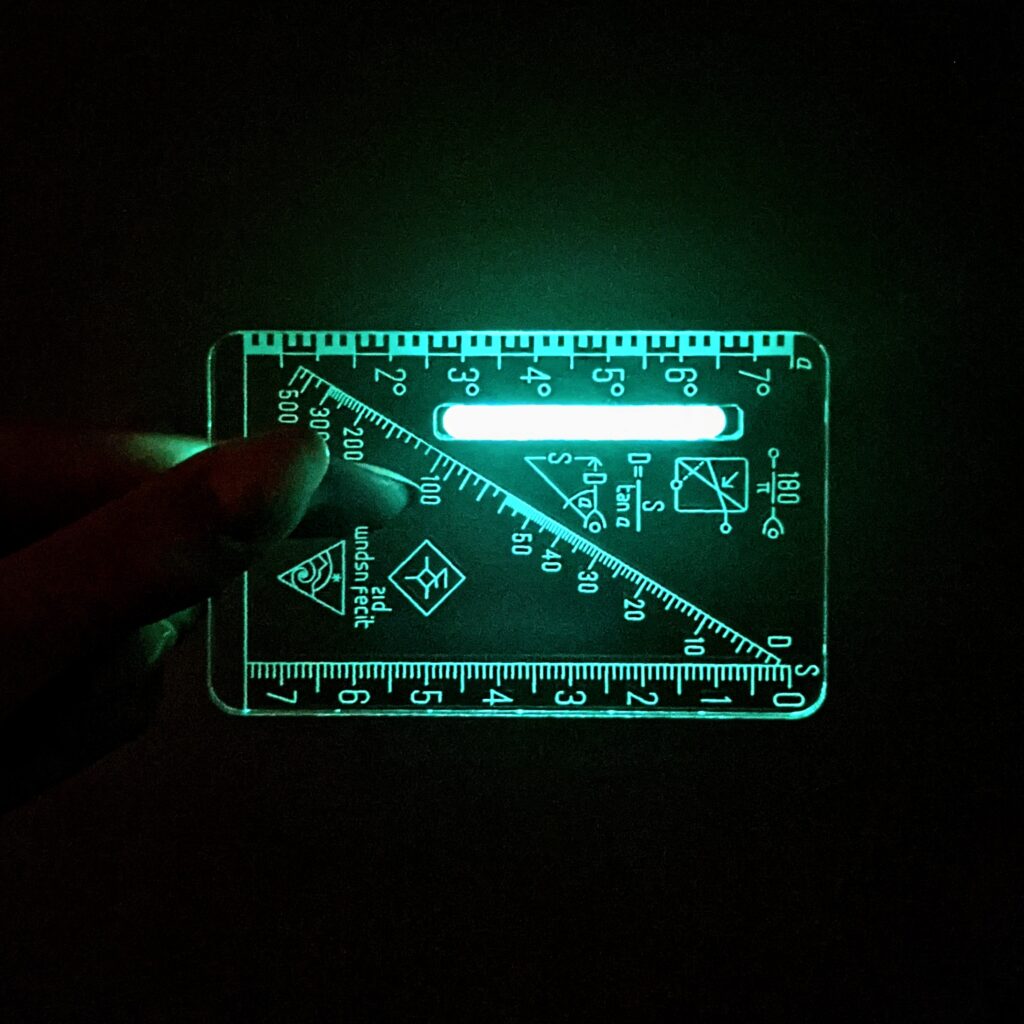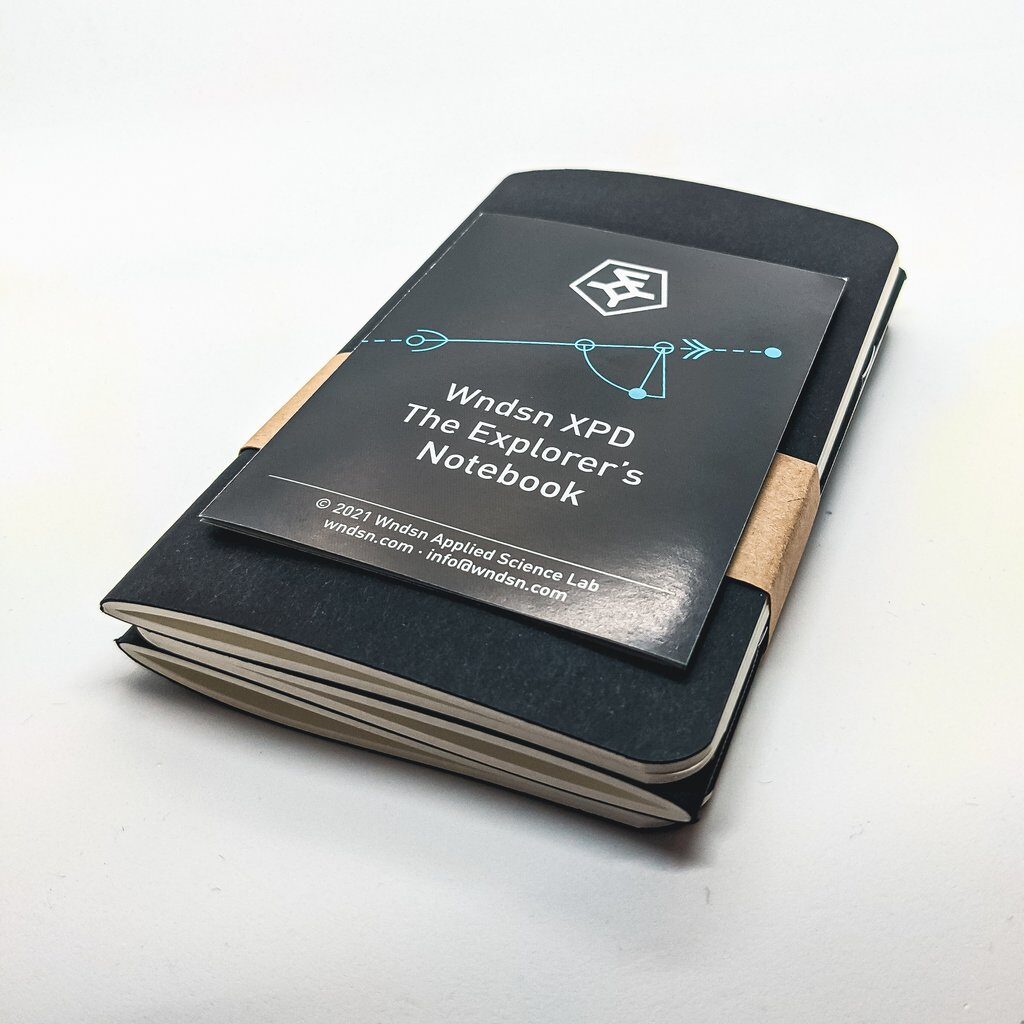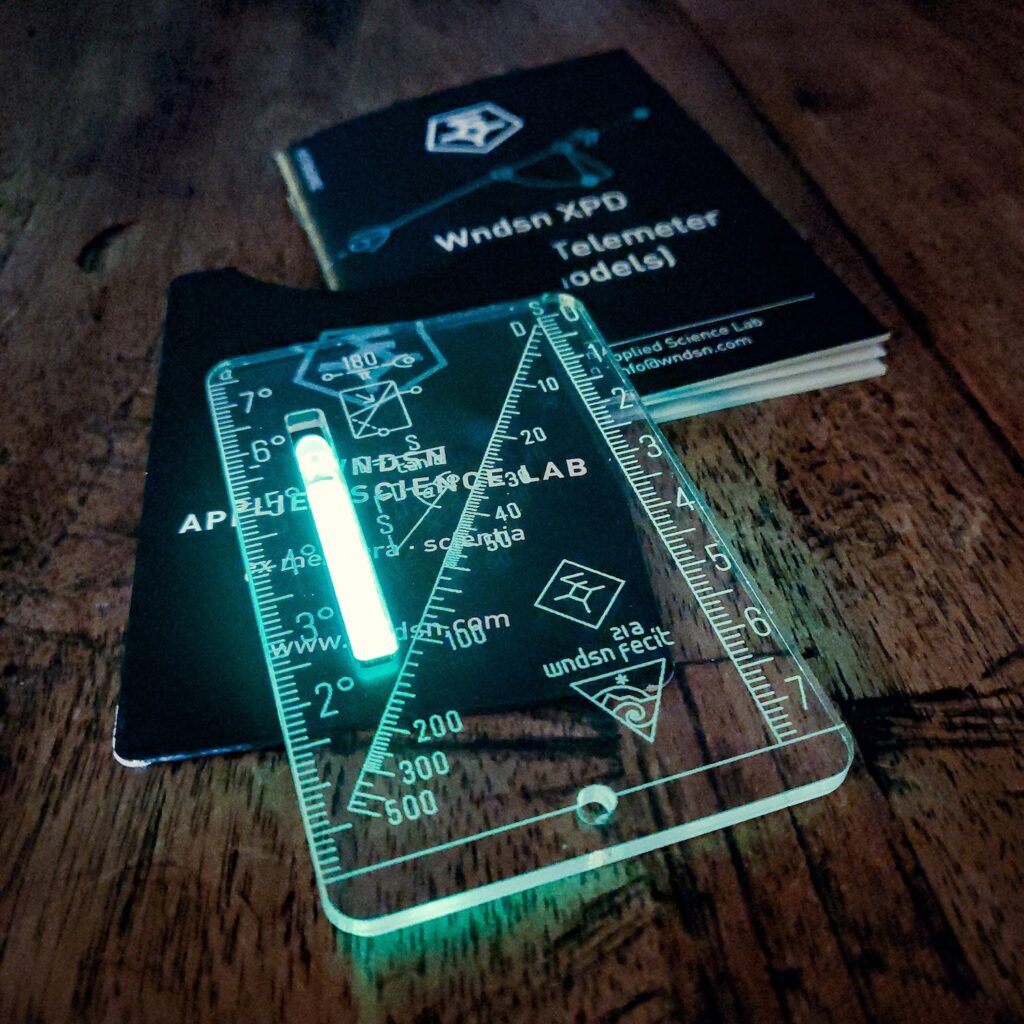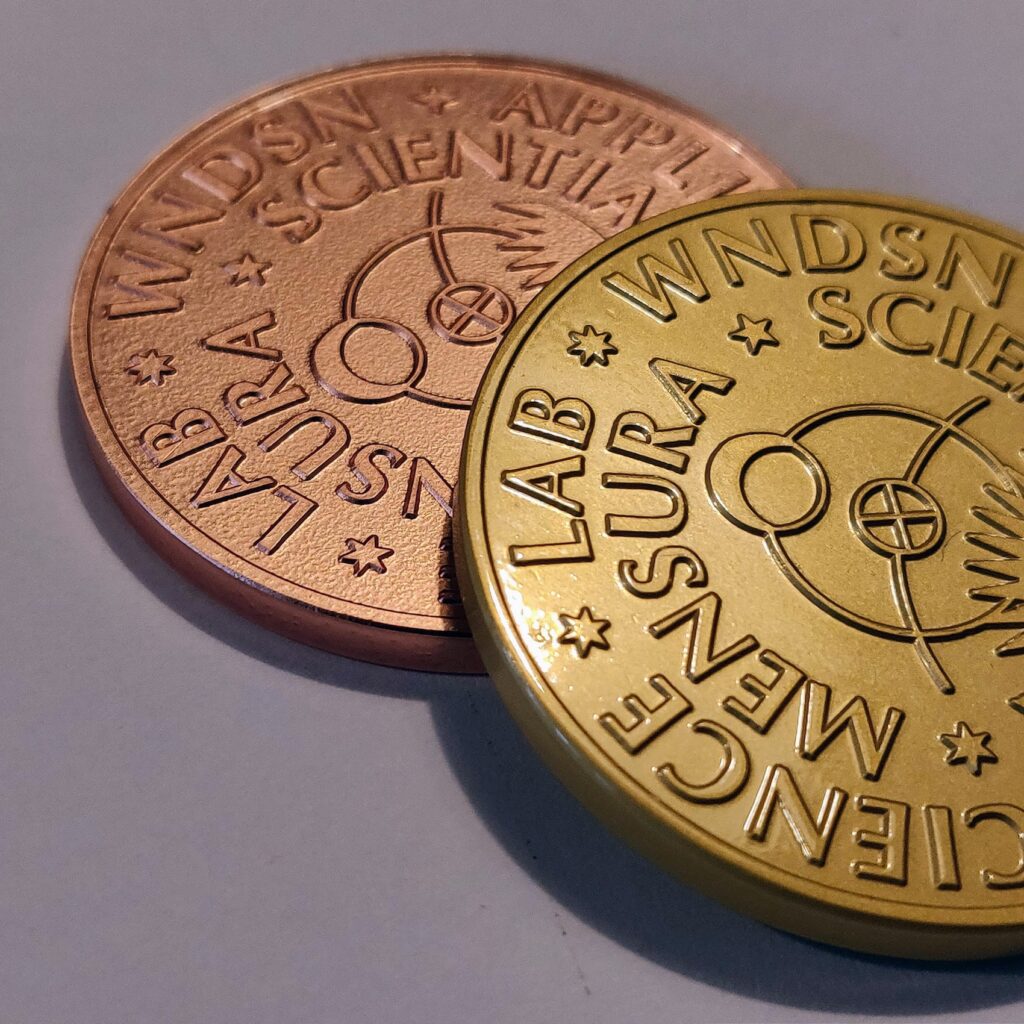BERLIN, 2022-02-22 – WNDSN Messtechnik introduces the latest iteration of one of the most popular WNDSN Telemeter products, forking it into a military-specific product with relevant details.
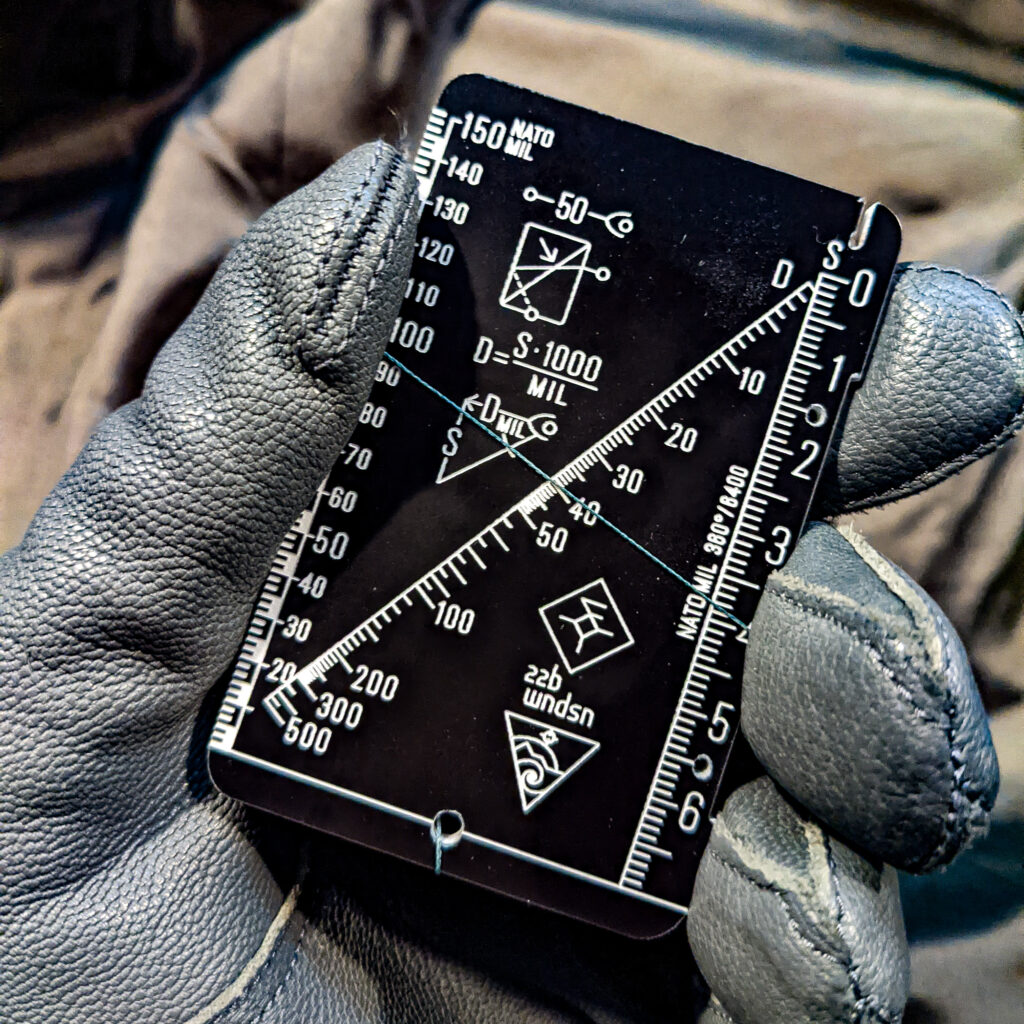
“Now the general who wins a battle makes many calculations in his temple before the battle is fought. The general who loses a battle makes but few calculations beforehand. Thus do many calculations lead to victory, and few calculations to defeat: how much more no calculation at all!” –Sun Tzu
The WNDSN suite of Telemeters are wallet-size graphical distance and altitude calculators designed to provide professionals in the field and soldiers on the front accurate and reliable measurement devices when modern methods either fail or are contraindicated for the given scenario. Under certain conditions or in cases where laser rangefinders are unavailable or result in errors, WNDSN Telemeters prevail and can be used as primary or “second opinion” tools, to cross-check values obtained with different means. This newest iteration of the WNDSN NATO-MIL Quadrant Telemeter applies previous enhancements found on its civilian counterpart, the WNDSN High-Viz Quadrant Telemeter, resulting in increased precision and usability in non-ideal encounters for military operational staff and law enforcement personnel.
Newest advancements in the Wndsn NATO-MIL Quadrant Telemeter includes a 150 MIL scale graded in 1 MIL increments using the recently introduced enhanced vision block scales inspired by surveyor’s instruments with scale marks in a blocky shape resembling the letter E. In response to users’ feedback, the newly developed sighting scale uses blocks instead of lines as scale marks, by filling every other pair of lines with solid color. This enhanced scale design allows WNDSN the first opportunity to grade the MIL scale in 1 MIL increments, whereas in earlier NATO-MIL models the precision was only 2 MIL, thus with a scale maximum of 130 MIL. Increased precision was also made possible by decreasing the eye-to-scale distance to 50 cm for easier set up in the field and to improve acuity.
Further changes include removal of civilian features that are provided for educational and astronomical purposes (shadow square and obliquity arc) and the addition of a MIL scale inside the degree arc graded in 25 and 100 MIL.
Accuracy and speed of measurement in adverse conditions have been given consideration, with the addition of a dot grid inside the Quadrant allowing for more accurate string operations. A new coordinate scale is in place for maps using a 1:25k scale to determine a position on a UTM/MGRS grid by way of northing and easting.
Custom coordinate and other scales are available upon request for unit or bulk orders.
New for 2022 is the opportunity to book online classes in German or English for small groups, units, or individuals customized based on prior skill-level and background.
The material of the NATO-MIL Quadrant Telemeter is the same sandwich acrylic used on the High-Viz Quadrant Telemeter, consisting of a white core and white scale marks with a black matte surface. This black matte surface reduces glare, and further supports the protection of positions when inconspicuousness is a requirement for tactical success. In order to retain the high visibility and robustness of the scales, the scales are laser-engraved and precision-cut through 0.1 mm strong black acrylic exposing the white acrylic underneath, ensuring the scales cannot be destroyed. The user can be assured that the ruggedness, durability, and integrity of the various scales remains intact.
Clarification of terms: MIL usually denotes MRAD, MILliradians; thousandths of a radian. The scientific MIL, also called MRAD, is a 1000th of a radian (which leads to an odd value for a full circle), while the military MIL is based on dividing the circle into an even number that splits nicely into decimal fractions. Militaries around the world have historically used rounded versions of the MRAD, the NATO-MIL and the German army’s ‘Artilleristischer Strich’ divide the full circle by 6400 — instead of the MRAD’s more accurate but also harder to subdivide 6283.x — while the Warsaw Pact established 6000 MILs in a circle and the Swedish divide it into 6300 “streck”. WNDSN uses the NATO-MIL, that is 360° / 6400.
Training is at the forefront of all WNDSN instruments. Included with the WNDSN NATO-MIL Telemeter Quadrant is a printed 32-page mini-booklet in both English and German that was specifically designed for the NATO-MIL Quadrant Telemeter. For increased mastery of the instruments, a comprehensive 170-page NATO-MIL Quadrant Telemeter Field Manual is available as a digital supplement and separately in print. Available both in print and digital, the NATO-MIL Quadrant Telemeter Field Manual is based on the latest GQT5 and optimized for practical use in the field, with the removal of the astronomy, history, or graphical math sections found in the civilian manual. The 170-page Field Manual is included as a PDF upon purchase of a WNDSN NATO-MIL Quadrant Telemeter and is also available in paperback via Amazon websites and available for order by regional/local book sellers.
Specifications:
- Dimensions: Credit card-sized; 3.4″ x 2.2″ (8.5 x 5.5 cm)
- Thickness: 1/8″ (3.2 mm)
- Material: 1/8″ (3.2 mm) Acrylic stock, matte black surfaces, white core with white scales, laser engraved
- Included: WNDSN NATO-MIL Quadrant Telemeter, double-sided; Dyneema string, 0.35 mm turquoise, pre-configured in the required length; plumb line weight, tungsten carbide; Custom-made carton sleeve; printed 32-page Telemeter pocketbook (in English and German); digital 170-page comprehensive field manual (in English or German)
- Developed and Made in Germany
Scales on the WNDSN NATO-MIL Quadrant Telemeter:
- Angular size (NATO-MIL) and distance (based on user input)
- Height or depth of object
- Altitude or elevation (in degree, MIL, or percent)
- Computation of sine, cosine, and tangent from a given angle (and back)
- Degree, slope, and MIL quadrant
- Inclinometer (-5° to 30°, graded in 0.25°)
- Coordinate scale (1:25k)
The WNSDN NATO-MIL Quadrant Telemeter is available at:
- https://store.wndsn.com/products/wndsn-pocket-quadrant-telemeter-nato-mil
- https://store.wndsn.com/products/wndsn-nato-mil-quadrant-telemeter-field-manual
See also the comprehensive purchase guide for soldiers:
